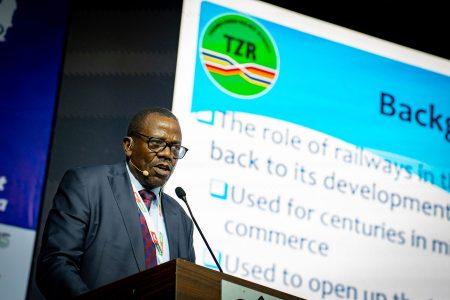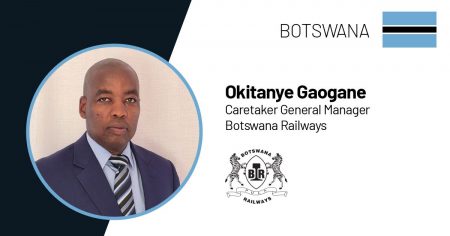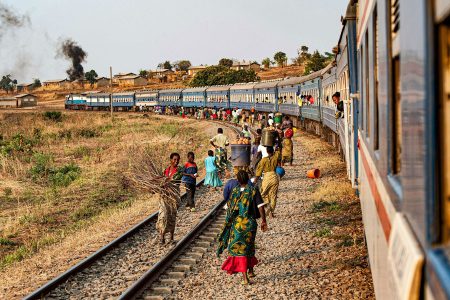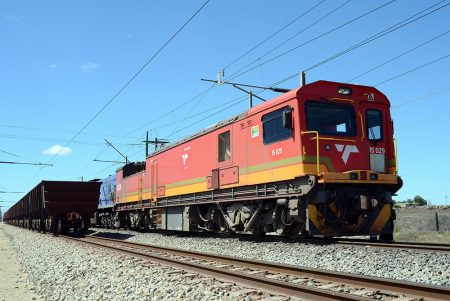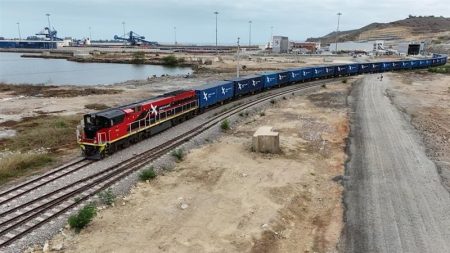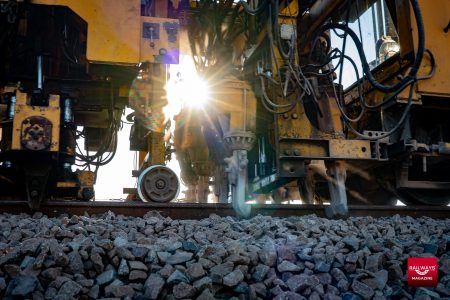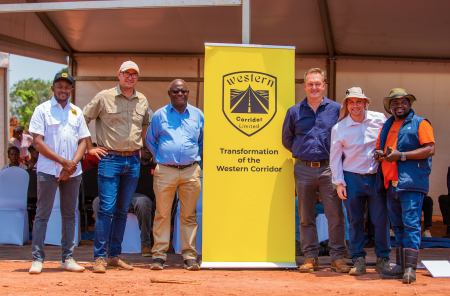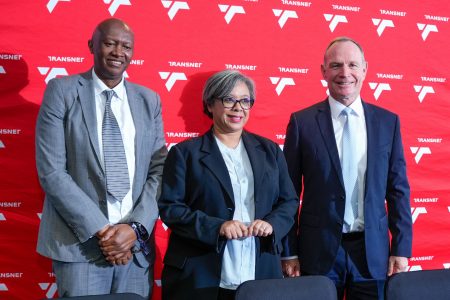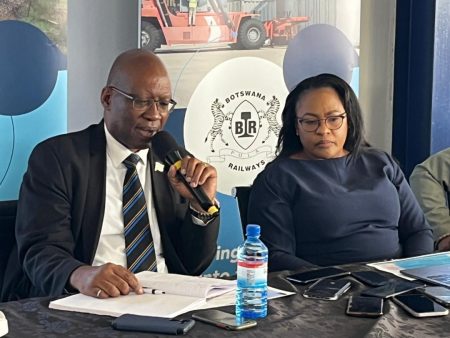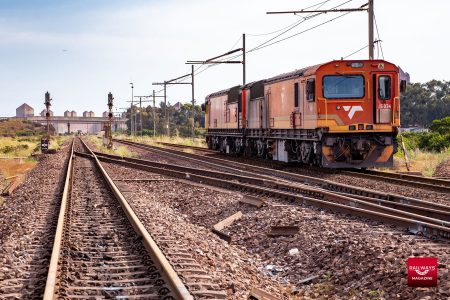This content is for Premium Subscribers only. To view this content, login below or subscribe as a Premium Subscriber.
Related News Articles
1 min
Botswana Railways appoints New Caretaker General Manager
07 January 2026
SADC, Botswana
1 min
Transnet Sustains Improved Performance to Set the Path for Growth
18 December 2025
SADC, South Africa
2 min
Lobito Atlantic Railway Secures USD753 Million to Accelerate Development in Angola
18 December 2025
SADC, Zambia
1 min
South Africa’s Largest Private Rail Investment Begins with Forty-Six Locomotives
12 December 2025
SADC, South Africa
1 min
Zambia’s Mutanda–Kaoma Road Project Set to Transform Mining and Agricultural Trade
12 December 2025
SADC, Zambia
2 min
Zimbabwe Advancing Plans to Rehabilitate Ageing Railway System through PPPs
12 December 2025
SADC, Zimbabwe
1 min
Dangote Cement Zambia Sees Opportunity in NRZ Clinker Transport
12 December 2025
SADC, Zimbabwe
1 min
Rail Sector Positioned for Major Role as Botswana Pursues Transport-Led Growth
12 December 2025
SADC, Botswana
2 min
Transnet and ICTSI Seal Partnership for DCT Pier 2
10 December 2025
SADC, South Africa
1 min
Angola Launches Tender for Namibe Corridor Railway Concession
05 December 2025
SADC, Angola
1 min
Botswana Railways Commits to Transparency and Operational Stability
05 December 2025
SADC, Botswana
1 min
Traxtion Confirms R3.4bn Rolling Stock Investment to Unlock Rail Capacity and Jobs
05 December 2025
SADC, South Africa
4 min
Transnet Opens Registration of Interest for Northern Cape Iron Ore Export Capacity
05 December 2025
SADC, South Africa
1 min

